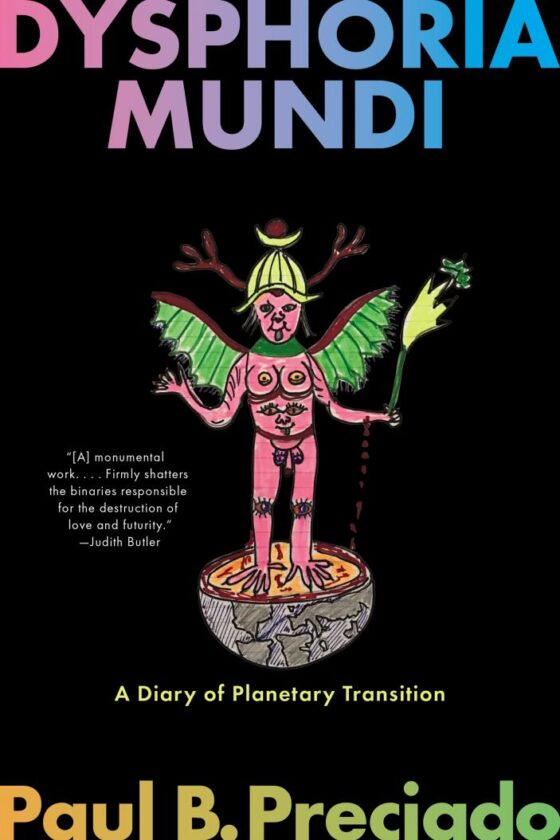Lawrence Weschler’s collection of essays, Uncanny Valley, compiles some his best essays with the same perspective that he brings to each essay – an impulse to find the subtle convergences in the mundane.
Lawrence Weschler shrinks the world. By demonstrating how small but highly significant pieces of it are linked across time, space, perception, experience, and language, he brings those pieces together so lucidly that you feel a brief, optimistic sensation that any such mystery of existence could potentially be so illuminated.
In this spirit, his new collection of old essays is no mere chronological hodgepodge, no mercenary recycling. Rather, the pieces are curated—grouped and ordered—to evoke the sorts of connections that the essays themselves are about. “Adventures in the Narrative,” reads the subtitle, and our fearless guide Weschler says or implies “bear with me here” on several occasions. You do, willingly. Why? How does he make these pieces, which are often cerebral and maddeningly, exquisitely detailed, so damn compelling?
Let me describe the book and perhaps it will become obvious. It opens with the title piece, “Uncanny Valley,” on the difficulty—near-impossibility, in fact—of creating a convincing digitally-animated human face. Apparently, we will feel rising empathy with a creature, a robot, for example, or Shrek, that is human-like, the more human-like it becomes, until a critical juncture around the point of 95% resemblance, after which that little bit that is not quite human becomes monstrous, “… no longer, that is, an incredibly lifelike machine but rather a human being with something inexplicably wrong.” The term “Uncanny Valley” refers to that dropoff, that gulf, which all the technological, mathematical and whimsical skills of Hollywood and Silicon Valley have failed to bridge.
Weschler quotes an essay by Jean-Paul Sartre on the face and what it does: “… now the eyes are becoming a look… they are not fastened in his head, serene like agate marbles. They are being created at each moment by what they look at.” Weschler continues on to Sartre’s conclusion, a quote he brings back several pieces later, in quite a different context: “… to be a visible transcendence is the meaning of a face.”
“’Being a visible transcendence’ is,” says Weschler, “Sartre’s way of saying (and at the same time, granted, emphatically not saying), having or expressing or being a soul. And try animating that!”
All the pieces take this intimate tone, including asides, digressions, even setbacks: Weschler’s own narrative of discovery. It’s as though he gives us his eyes, for this short, precious time, his mind, “being created at each moment by what they look at.”
When the Sartre quote comes back, it’s in an essay from one of the center sections of the book, the darkest, “Some Probes into the Terrain of Human Rights.” The piece, “Gazing Back: The Disappeared,” concerns an art exhibit memorializing the “disappeared” of Argentina’s Dirty War. The exhibit is full of faces, but it is the absent, the unseen, that the viewer most notices. The Sartre quote is transformed here: no longer a philosophical or aesthetic goal on the other side of Uncanny Valley, but an emotional one across an ethical gulf. At its precipice is the gaze “interrupted, cut short.” And beyond the gaze: Weschler goes on to discuss loss and redemption, invoking French philosopher Maurice Merleau-Ponty and American poet W. S. Merwin—not building an argument, as such, but a densely layered thought sandwich, to be digested slowly.
And so goes the book. Next is “Four Easy Pieces,” a section devoted to a few unexpected encounters with art. The first another face-piece, “On Coming Face-to-Face With Myself,” in which Weschler unexpectedly meets up with a Hockney portrait of “mein very selbst,” as he puts it, in the home of an art dealer, and is at pains to describe the peculiar embarrassment he feels at seeing his own face living in this stranger’s home.
Several of the essays turn on such coincidences and the realizations they provoke, or “convergences,” as Weschler calls them, one of his pet topics. An example: Weschler is sitting on a train perusing a journal he likes and he happens to see a word, “Walloons” that reminds him of a joke he likes and then sees “ANC” which reminds him of where he first heard it, and then sees the words “There’s one a journalist told me…” This is a poem by Robert Pinsky about the joke, which Weschler told him once upon a time. Uncanny. This story is footnoted: it happened again. Weschler stumbled on a Billy Collins poem in which “a bearded man with a colorful tie” tells a joke. Weschler is wearing the same tie even as he finds the poem. “Uncanny, too, the way that, just like Pinsky, Collins couched the joke in what became a meditation on death, and an exceptionally moving one at that. But I guess the lesson of the whole story for me is that I really have to stop telling jokes to poets.”
The questions of geography and death accompany us into the section on human rights. The longest piece here narrates the proceedings of the Rome Conference that led to the formation of the International Criminal Court. While as zingily told as all the others, it is also the densest and the longest, the only one where I felt that some of the details were not perhaps as self-evidently compelling as the overall thrust of the story.
There are words Weschler favors and uses across subjects—luminous, pullulating—words which jump out only because the essays have been collected. This is not linguistic laziness. Rather, the words themselves start to become convergences. They are of a piece with Weschler’s way of seeing the world. James Wood says it best, talking about similar examples in Faulkner and Cormac McCarthy: “Such things are rarely examples of haste and more often proof that a style has achieved self-consistency. And that a kind of Platonic ideal has been reached—these are the best, and therefore unsurpassable words, for these subjects.”
“Five Further Adventures in the Narrative,” the concluding section, for all the wonder of the others, was my favorite. While the collection demonstrates throughout the elastic limits of narrative, here Weschler enters the vexing territory of the “how.” These are intensely absorbing stories of artistic process, bound together by Weschler ‘s preoccupation with “…the workings of grace. You work and you work and you work, and then it is as though whatever happens, it happens by itself. It never would have happened without all that prior work, that preparation, but that prior work did not make it happen.”
Given Weschler’s interest in revelation, in convergence, in the possibility that jokes have a life almost independent of their origins or vehicles, it’s not surprising that the book’s concluding words invoke some divine spirit: “God invented Man, the wise man says, because he loved stories. And maybe the other way around: Man invented God for the same reason. Or maybe Narrative invented both of us… Hallelujah. Amen.”




